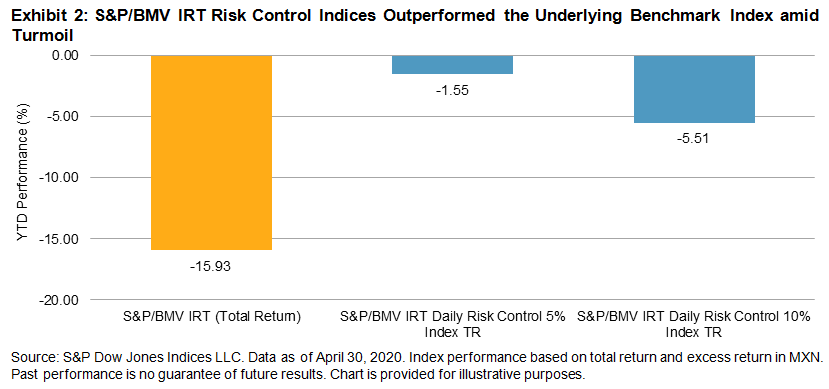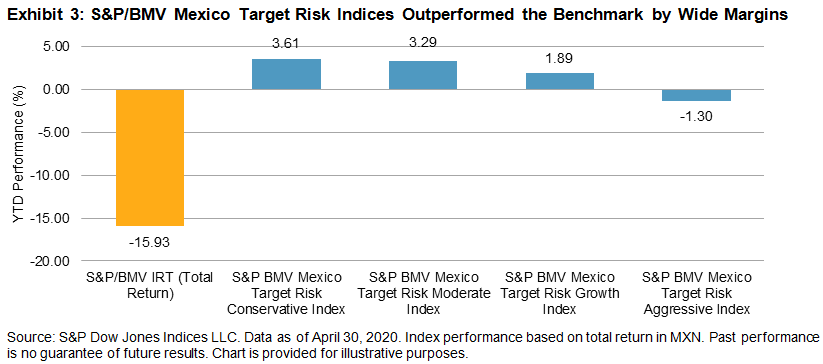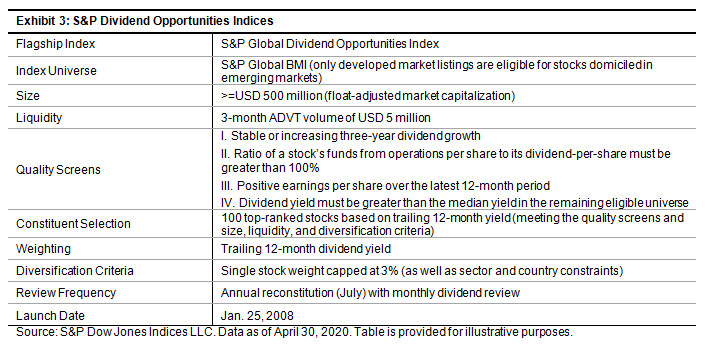There is a subtle but important distinction between factors and factor indices. “Factor” denotes an attribute with which long-term excess returns are thought to be associated. Fama and French, for instance, famously found that small size and cheap valuation were factors in this sense. A number of other variables – prominently including momentum, low volatility, and quality – have likewise joined the factor pantheon.
Factor indices are designed to provide exposure to one or more of these underlying factors; although quite distinct in their portfolio construction techniques, their commonality stems from the use of factor attributes as a basis for stock selection. The frequency with which factor indices are rebalanced will influence the degree to which they provide exposure to their target factors.
For example, imagine an index which aims to deliver exposure to the value factor, and so tracks the 50 cheapest stocks in the S&P 500. Suppose that, over the six months subsequent to its rebalance, most of those stocks become more expensive than the other 450 S&P 500 stocks. Then our hypothetical value index, which may have perfectly embodied the value factor six months ago, now will embody it less. The general principle is clear: a factor index best represents its underlying factors at the moment it is rebalanced. After that, factor drift is not only possible, but likely.
How much drift, and how likely it is, depends on at least two things. The first of these is the degree to which the factor is observable. Factors like momentum and low volatility, e.g., depend only on the movement of prices; it’s easy to know whether a stock has high or low momentum. Factors like quality or growth, on the other hand, are attributes of a company, not a stock price. They can only be inferred by using accounting or other non-price inputs (which themselves can be observed only at annual or quarterly intervals, and then sometimes with a substantial lag). To the degree that we anchor our factor definitions in non-price data, we’re likely to observe relatively slower drift.
A second determinant of drift is the degree to which prices change between rebalances. Here we can base our expectations of drift on the dispersion of stock returns. Dispersion measures the extent of idiosyncratic price changes within a parent index. In a period of relatively low dispersion, the prices of most stocks will have changed by a relatively small amount, leading to relatively low potential factor drift. When dispersion is high, the opposite is true – there will have been a great deal of price movement, and potentially a great deal of factor drift.
Given the spike upward in dispersion that we’ve observed this year, it is likely that turnover for factor indices as they’re rebalanced throughout 2020 will be substantially higher than average.
The posts on this blog are opinions, not advice. Please read our Disclaimers.






















































